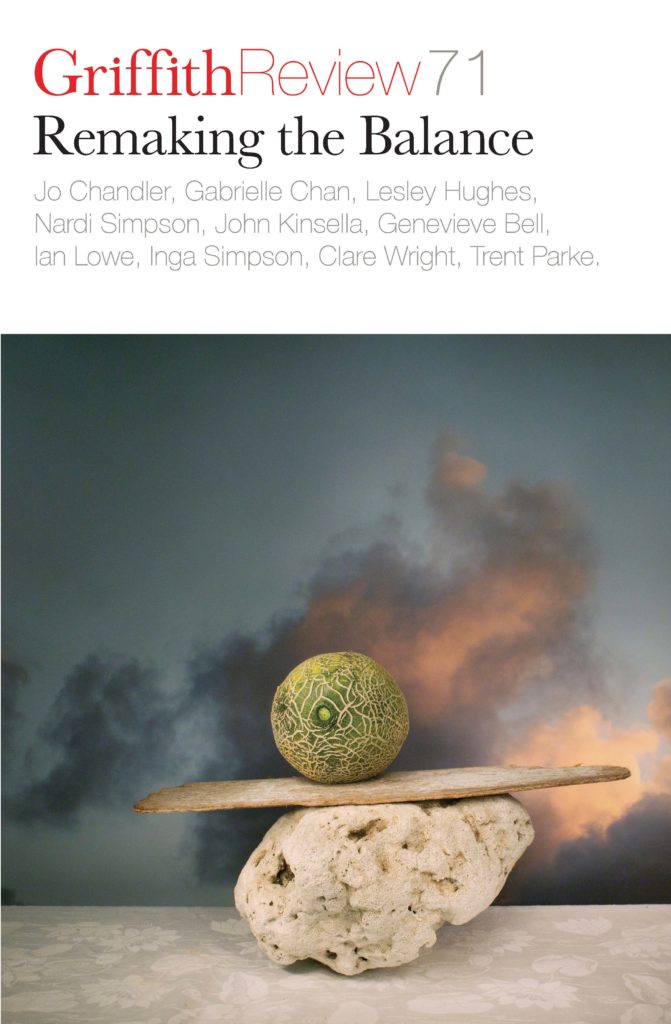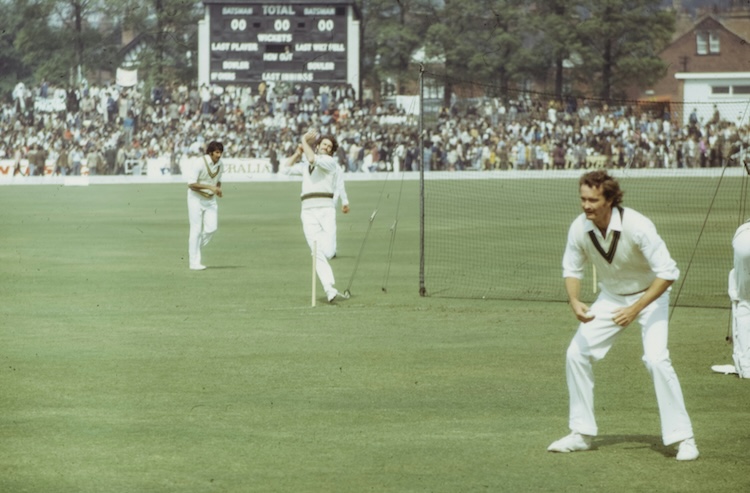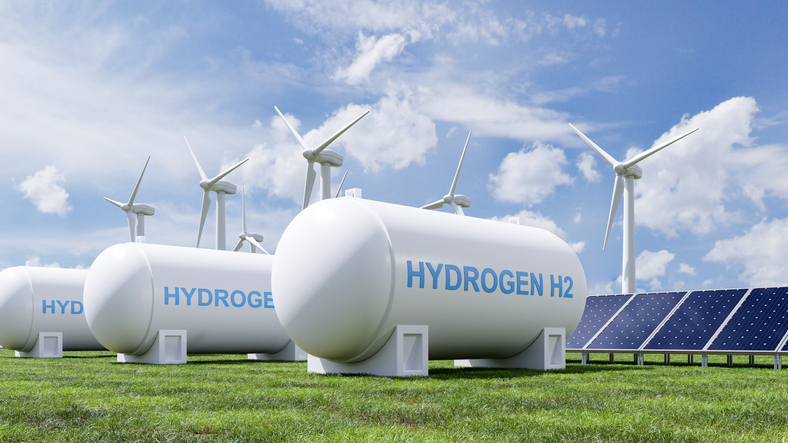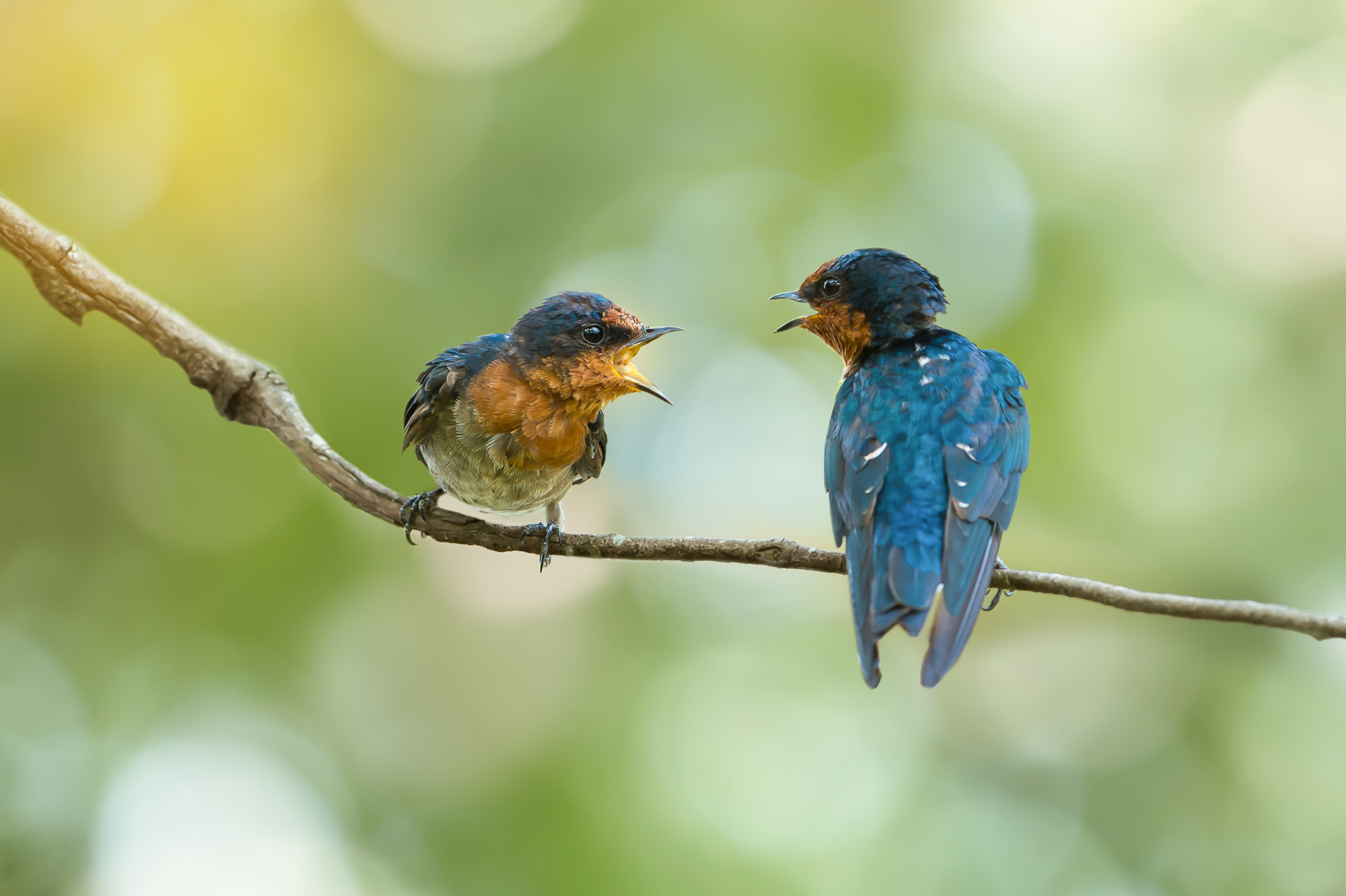Featured in

- Published 20210202
- ISBN: 978-1-922212-56-6
- Extent: 264pp
- Paperback (234 x 153mm), eBook

Already a subscriber? Sign in here
If you are an educator or student wishing to access content for study purposes please contact us at griffithreview@griffith.edu.au
Share article
More from author

The ball still swings
Memoir Click here to listen to Editor Ashley Hay in conversation with Ian Lowe and Ingrid Burkett. ‘IT’S JUST LIKE the game we used to play,’ a teammate observed, ‘only in slow...
More from this edition

Hail hydrogen
ReportageI’M SITTING IN the passenger seat of a Hyundai Nexo on a tree-studded Canberra street. It’s stopped to reverse into a parking spot, but...

Animal perspective
In ConversationERIN HORTLE: In Tasmania, there is a place where female octopuses emerge from the water and make their way across an isthmus, with a...

Food insecurity in uncertain times
Essay Wistfully she muses on / Something bartered, something gone / Songs of old remembered days / The walkabout, the old free ways / Blessed...